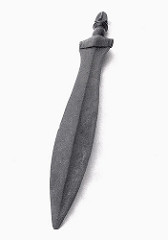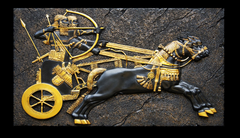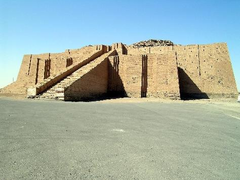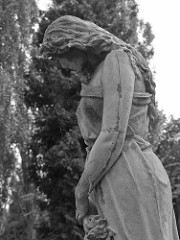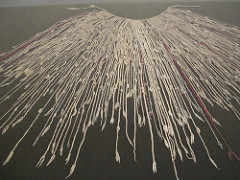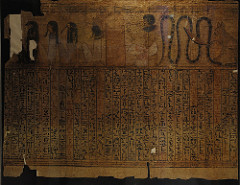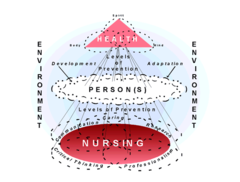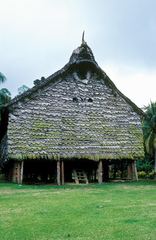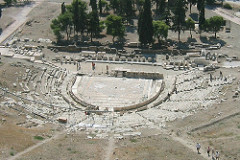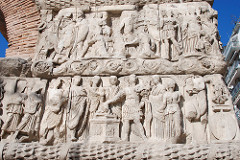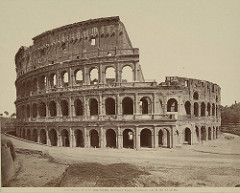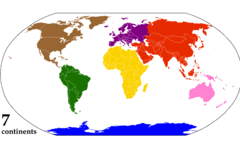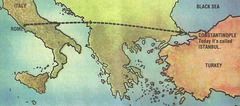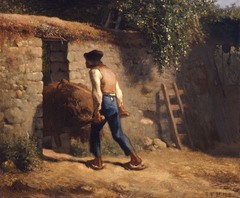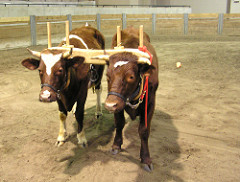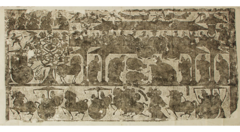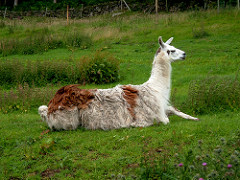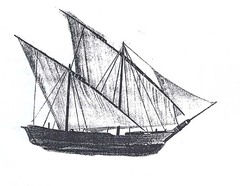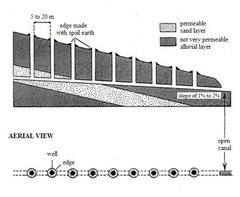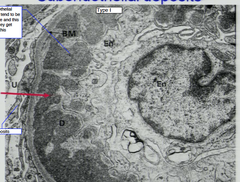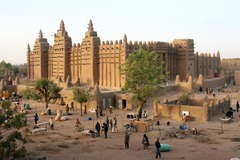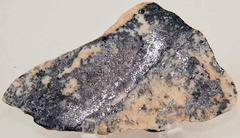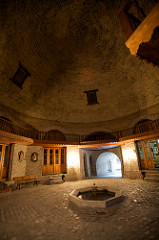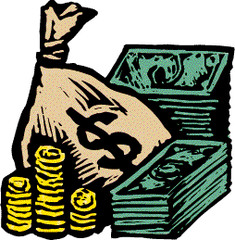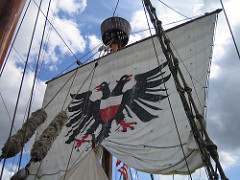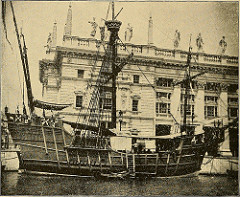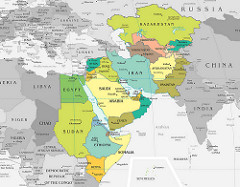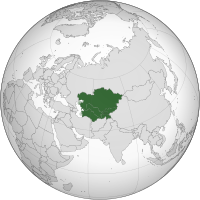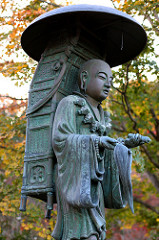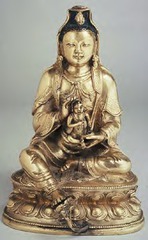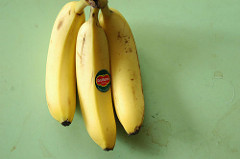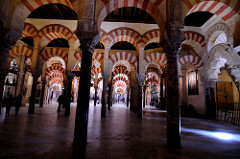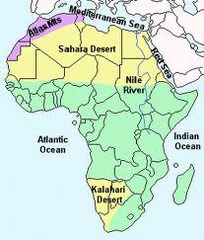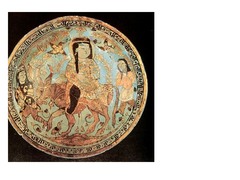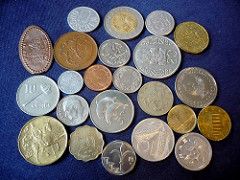iron weapons
were used as a trading product for protection.
used during the iron revolution.
were the strongest and most advanced weapon material of the ancient times, introduced by pastoral people.
chariots
are two-wheeled carts that are pulled by horses; some are used in battles or in races.
military used these chariots as ultimate weapons and advantages.
ziggurats
are Mesopotamian temples used for religious matters.
believed to be a "Hill to God".
sculptures
used by Romans and Greeks (etc.) to enhance their empire aesthetically and to honor the people they are carving.
quipu
a system of knotted strings used by the Inca people for keeping records.
a type of early calculator created by the Inca.
book of the dead
collection of religious spells which were thought to be helpful to the deceased in the afterlife.
used by Egyptians.
medical theories and practices of Daoism
the person has a lack of harmony with nature and because of that its a major reason why disorders, illnesses and other sicknesses occur.
ancestor reverence in East Asia
ancestors have 3 different sites for worship: family shrines, lineage halls, and tombs or graveyards of relatives.
there spirits are said to be kept in a temple with other spirits.
Greek plays
they were about leadership, justice, and the duties served to the gods.
they teach morals and life skills.
Sassanid Empire
empire during 226-651.
they had profitable trade, wars with Byzantine empire, and believed in Zoroastrianism.
last pre-Islamic Iranian empire.
Roman architectural styles
Romans used concrete to build giant building with many arches creating an aesthetically presentable image, plus the arch shape creates a good system for wind travel (air conditioning).
administrative institutions created by a ruler in South Asia
in South Asia, hierarchy was the main way of keeping order in their empire with a king on top.
Constantinople
a large and wealthy city that was the imperial capital of the Byzantine empire and later the Ottoman empire.
corvée
unpaid labor (as for the maintenance of roads) required by a lord of his vassals instead of taxes
deforestation
is an environmental destruction consisting of the chopping down of trees
yokes
a device that allows animals (horses, oxen) to pull heavy carts or plows.
this increases crop yields and the amount of trade.
external problems along frontiers between Han China and Xiongnu
the Xiongnu was a threat to the Chinese because they would attack the northern Chinese frontier and nothing would stop them, just slow them down.
after relentlessly fighting back, the Han army defeated the Xiongnu
llamas were domesticated pack animals
used by the Chavins and other civilizations in South America.
they pulled large loads of trade around their territory.
dhow ships
a traditional Arab sailing vessel with one or more lateen sails. It is primarily used to carry heavy items, like fruit, along the coasts of the Arabian Peninsula, Pakistan, India and East Africa.
the qanat system
an irrigation system for extracting groundwater in the dry mountain basins.
disease in the Roman empire
malaria, tuberculosis, and typhoid fever caused the Romans to take to religion.
this also lowered their population in tremendous numbers considering their lack in medication.
Timbuktu and trading
massive commercial and and cultural center in West Africa and trades using Trans-Saharan routes.
precious metals and gems
these items were used as luxury and comfort items in trade. they were also used to separate the classes and as a form of currency.
caravanserai
inn or rest station for caravans.
a roadside inn where travelers could rest and recover from the day's journey.
bills of exchange
credit slips that the English merchants gave the planters in exchange for their sugar.
these bills worked as a kind of money.
Hanseatic League
an economic and defensive alliance of the free towns in northern Germany.
it founded about in 1241.
Scandinavian Vikings
these vikings used their ships to travel in rivers, making it easier for them to conquer lands.
spread of Turkic and Arabic languages
the spread of these languages led to spread of Islam and the Turkic and Arabic cultures.
Sogdian merchants throughout Central Asia
they tried staying loyal to their culture but couldn't when they were overtaken.
Xuanzang
a famous Chinese Buddhist monk, scholar, traveler, and translator who described the interaction between China and India in the early Tang period.
Hinduism and Buddhism in South East Asia
spread of religion increased trade.
artisans and merchants gained more respect by making and selling things of value.
Asia adopted theologies, rituals, and hierarchy styles.
influence of Greek and Indian mathematics on Muslim scholars
Muslim scholars created learning centers devoted to the subject.
this allowed new discoveries to be made and allowed new architectural styles.
bananas in Africa
bananas made Africans want to have more of this crop, so they had to adapt their agricultural styles to fit this crop.
religion
once people turned to religion for comfort, religion gained power in the utmost way.
people turned to the "leader" (pope, pastor, Dalai Lama, etc.) for guidance and not the rulers of their land because most of the time the rulers of their land was the leader of their religion.
tributary systems
a system in which, from the time of the Han Empire, countries in East and Southeast Asia not under the direct control of empires based in China nevertheless enrolled as tributary states, acknowledging the superiority of the emperors in China in exchange for trading rights or strategic alliances.
Abassids
caliphs who brought politics, economy, and cultural change to the world of Islam, tried to make their own orthodoxy, really distinguished between Arab/non-Arab muslims
East Africa city-states
these city-states were "united but divided".
they traded together and joined together items to trade but all had a different leader or ruler and way of life.
Persian traditions influencing Islamic states
Islam adopted art, culture, and knowledge from Persians. Veils and other styles of clothing were adopted by the Arabs.
the horse collar
an invention that enabled medieval farmers to use horses for plowing instead of cow.
made agriculture easier because horses were faster and stronger and more obedient.
minting of coins
the minting of coins came way before the printing of paper money and actively used in trade.
when merchants started printing out too much paper money, it lost its value and turned to the minting of coins again.
nowadays we use both methods actively.
